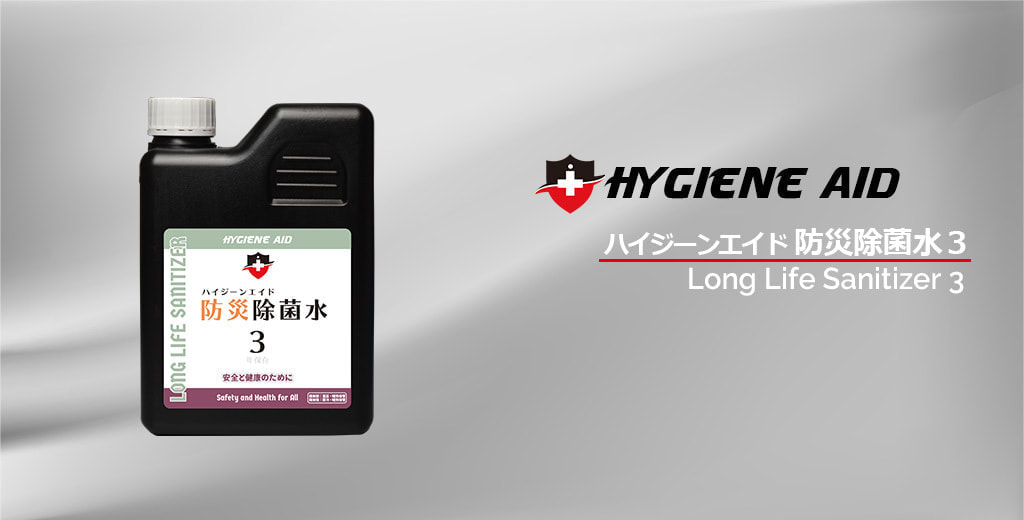Hypochlorous acid has a broad antibacterial spectrum
The difference between the effects of hypochlorous acid and ethanol
Viruses are classified into two groups; viruses with a viral envelope and without the viral envelope. A cell wall surrounds the nucleus of a bacterium. Similarly, some viruses, including the Influenza virus, is surrounded by the viral envelope. On the other hand, some viruses such as Norovirus are classified as the non-enveloped virus, which lacks a viral envelope.
Ethanol is known to be an effective disinfectant because it is capable of dissolving lipids found in the viral envelope. Hence, ethanol can inactivate viruses surrounded by the viral envelope. However, ethanol cannot inactivate non-enveloped viruses, which gives them a characterisitic of high resistance to disinfectants.
In contrast, hypochlorous acid, the active ingredient of sodium hypochlorite and hypochlorous acid water, can inactivate viruses without the viral envelope. Furthermore, hypochlorous acid water is much quicker at inactivating compared to sodium hypochlorite.
| Nucleic Acid | Enveloped | Non-enveloped |
| RNA | Influenza virus SARS coronavirus RS virus Dengue virus Rubella virus Measles virus Japanese encephalitis virus Yellow fever virus Hepatitis C virus HIV |
Norovirus Rotavirus Poliovirus Coxsackievirus Enterovirus Hepatitis A virus Rhinovirus |
| DNA | Herpesviruses Hepatitis B virus |
Adenovirus Human papillomavirus |
